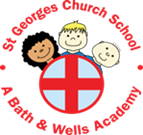We are readers (including phonics)
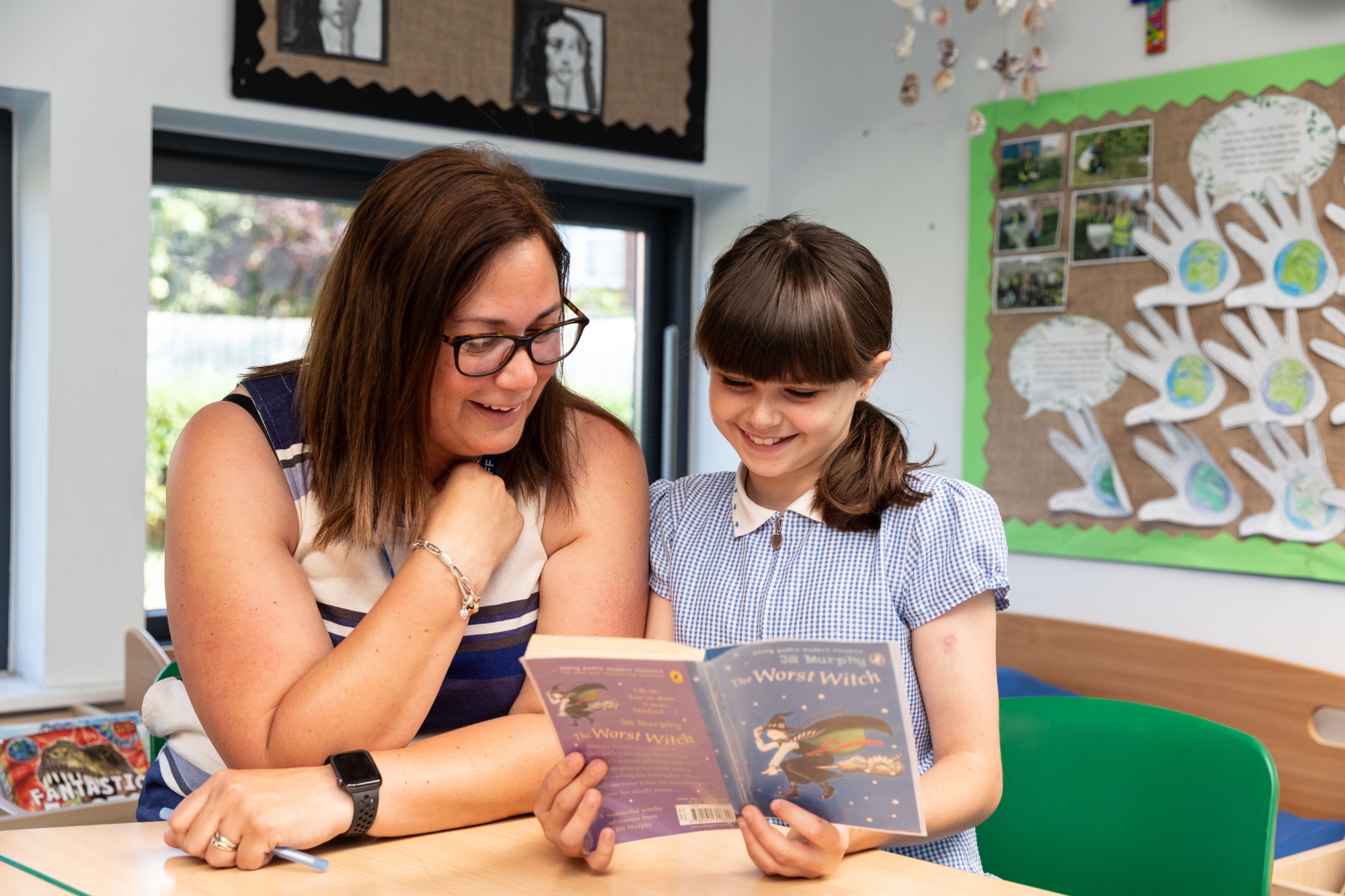
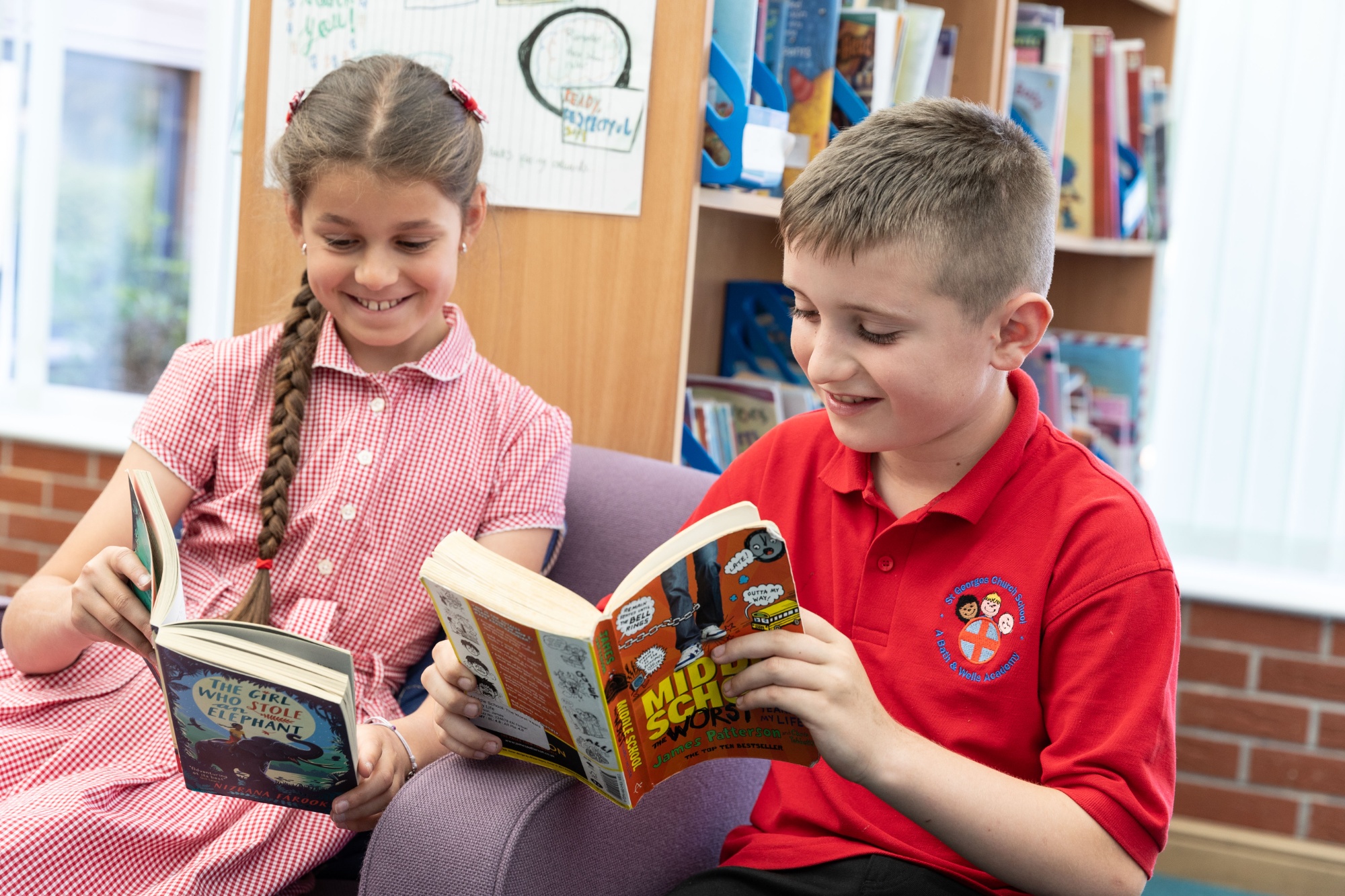
The new National Curriculum for English can be found by accessing the link here
Reading Intent
The curriculum at St Georges enables me to “learn to read” and inspires me to “read to learn”, so that I have the power to develop myself as an individual and as a St Georges Citizen. I am a reader. I can decipher the written code in texts of varying length and complexity; I can take meaning from the texts that I read; when I read, I read with fluency, intonation and at an appropriate pace. Reading enables me to engage with the world around me, ignites my imagination, broadens my knowledge and widens my vocabulary, so that I can pursue my dreams and passions. Reading can take me on the wildest of adventures and can make me laugh from the depths of my tummy!
Phonics & Early Reading
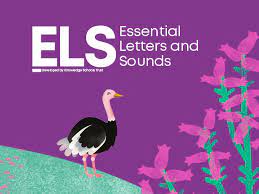
Essential Letters and Sounds (ELS) is our chosen Phonics programme. The aim of ELS is ‘Getting all children to read well, quickly’. It teaches children to read by identifying the phonemes (the smallest unit of sound) and graphemes (the written version of the sound) within words and using these to read words.
In Nursery, children have access to differentiated phase 1 phonics teaching through short, whole class sessions and resources in the environment. As soon as the children begin Reception, they begin learning phase 2 phonics, which is explicitly taught every day during a dedicated slot in the timetable. Children embed phase 2 to 4 and are introduced to phase 5. Phonics continues through Year 1 with a focus on embedding phase 5, and spelling strategies are continued in Year 2.
Throughout the day, children will use their growing Phonics knowledge to support them in other areas of the curriculum and will have many opportunities to practise their reading. This includes reading 1:1 with a member of staff and as a class.
Children continue daily Phonics lessons in Year 1 (and further through the school, as needed) to ensure all children become confident, fluent readers.
We follow the ELS progression and sequence. This allows our children to practise their existing phonic knowledge whilst building their understanding of the ‘code’ of our language GPCs (Grapheme Phoneme Correspondence). As a result, our children can tackle any unfamiliar words that they might discover.
Children experience the joy of books and language whilst rapidly acquiring the skills they need to become fluent independent readers and writers. ELS teaches relevant, useful and ambitious vocabulary to support each child’s journey to becoming fluent and independent readers.
We begin by teaching the single letter sounds before moving to diagraphs ‘sh’ (two letters spelling one sound), trigraphs ‘igh’ (three letters spelling one sound) and quadgraphs ‘eigh’ (four letters spelling one sound).
We teach children to:
• Decode (read) by identifying each sound within a word and blending them together to read fluently
• Encode (write) by segmenting each sound to write words accurately.
The structure of ELS lessons allows children to know what is coming next, what they need to do, and how to achieve success. This makes it easier for children to learn the GPCs we are teaching (the alphabetic code) and how to apply this when reading.
ELS is designed on the principle that children should ‘keep up’ rather than ‘catch up’. Since interventions are delivered within the lesson by the teacher, any child who is struggling with the new knowledge can be immediately targeted with appropriate support. Where further support is required, 1:1 interventions are used where needed. These interventions are short, specific and effective.
Supporting Reading at Home:
- Children will only read books that are entirely decodable, this means that they should be able to read these books as they already know the code contained within the book.
- We only use pure sounds when decoding words (no ‘uh’ after the sound)
- We want children to practise reading their book 4 times across the week working on these skills:
Decode – sounding out and blending to read the word.
Fluency – reading words with less obvious decoding.
Expression – using intonation and expression to bring the text to life!
We must use pure sounds when we are pronouncing the sounds and supporting children in reading words. If we mispronounce these sounds, we will make reading harder for our children. Please watch the videos below for how to accurately pronounce these sounds.
At the beginning of each academic year, we will hold an information session for parents and carers to find out more about what we do for Phonics at our school. Please do join us.
More support for parents and carers can be found here:
https://home.oxfordowl.co.uk/reading/reading-schemes-oxford-levels/essential-letters-and-sounds/
Phase 2 Pronunciation
This is "Phase 2 Pronunciation" by KSTE on Vimeo, the home for high quality videos and the people who love them.
Phase 3 Pronunciation
This is "Phase 3 Pronunciation" by KSTE on Vimeo, the home for high quality videos and the people who love them.
Phase 5 Pronunciation
This is "Phase 5 Pronunciation" by KSTE on Vimeo, the home for high quality videos and the people who love them.
The school has elected to support the teaching of reading using a range of books from well-known authors, both fiction and non-fiction, these books form our St Georges Reading Spine. In addition, a range of text types from the DfE validated Oxford Reading Tree reading programme ensures pupils have access to appropriate levelled texts for home and class reading.
Accelerate Reader

Once children have a secure knowledge of letter/sound correspondences and can blend words confidently, they access our Accelerated Reader scheme which has books from various published schemes, including Oxford Reading Tree, Collins and Rigby, and is designed to give children experience of a variety of reading genres. There are fiction, non-fiction and poetry books within each level, as well as ‘real’ picture books. Once they have finished reading a book of their choice, within their book range, children complete an online quiz which will check their comprehension and enable them to earn points. Teachers use the system to monitor and track each child's progress and to support teacher assessment in reading.
VIPERS (vocabulary, inference, prediction, explanation, retrieval, summary)
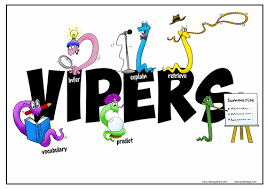
The 6 domains focus on the comprehension aspect of reading and not the mechanics: decoding, fluency, prosody etc. As such, VIPERS is not a reading scheme but rather a method of ensuring that teachers ask, and children are familiar with, a range of questions. They allow the teacher to track the type of questions asked and the children’s responses to these which allows for targeted questioning afterwards.
In addition to their Accelerated Reader book, all children are encouraged to select books from the classroom, library or home to share with their parents, or read independently, to encourage a love of reading.
If you are looking for further information about how you can support your child with phonics and spelling, follow the link here
